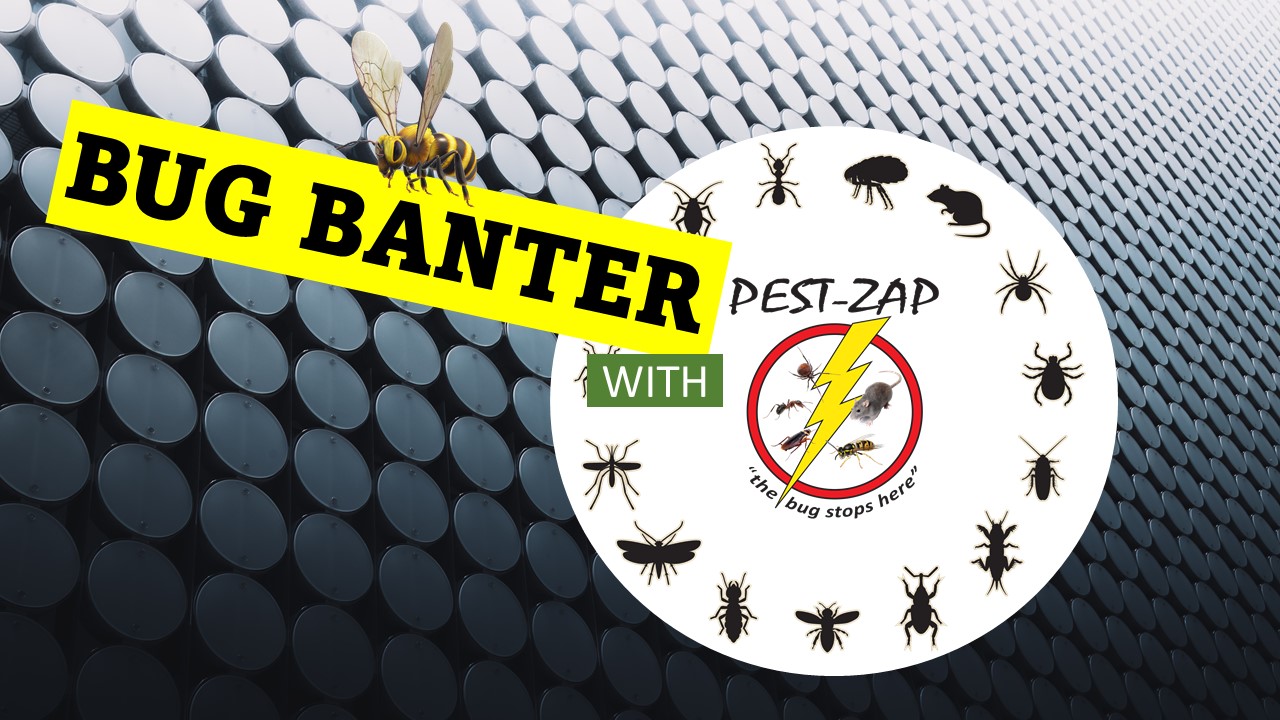Rodents have done a good job over the years at establishing themselves as pests to humans in our urban environment. This would be a result of the abundance of ideal nesting locations (building rubble, wood piles, sub floors) and food sources (commercial and residential bins, gardens, kitchens and pantries).
Douglas from Pest-Zap explains the key differences in the first edition of Big Banter for 2021 on our Youtube channel: https://youtu.be/swtac7CSo10
There are three species of rats and mice that have made specific pests of themselves in Australia:
- Norway rat (Rattus norvegicus)
- Roof rat (Rattus rattus)
- House mouse (Mus musculus)
In Melbourne’s Eastern and Northern suburbs it is common for these rodents to move into your home uninvited, especially in the winter months. It is during these cooler months that they are looking for warmer places to find shelter and food, and there is probably no better place than a subfloor or roof void where heating systems are running and could potentially lead to an endless supply of food.
So when you spot one of these pests in your home, how do you know what has moved in and the extent of the problem? The information may seem trivial, however their behaviours are very different and the approach to eliminating them from your home would also differ simply due to their differences in nature.
Obvious and Visual Differences Between Rats and Mice
When you do spot a rodent in your home, it will be helpful to take note of the following differences as it is important to inform your pest controller what may be lurking around at night. Below are some of the obvious differences between rats and mice:
- Rats are larger than mice;
- Rats produce 20 - 50 droppings per day, mice produce 40 - 100 droppings per day;
- Rats tails are usually hairless and mice have long thin hairy tails;
- Rats are normally black or grey and mice are normally white, brown and grey in colour;
- Rats have blunt snouts with short whiskers, mice have triangular snouts with long whiskers;
- The average weight of a Norway rat can be 450g, a Roof rat 200g and a mouse only 20g. There is a visible difference in their size;
Not So Obvious Differences Between Rats and Mice
The not so obvious differences are important to know as this influences how rats and mice react to pest control programs and provide some insight into how difficult it can be, but also how important it is, to get them out of your home once they have moved in:
- Rats and mice both have a lifespan of about a year;
- Rats reach sexual maturity in 3 - 4 months and mice in 6 weeks;
- The gestation period for rats is about 23 days and for mice about 19 days;
- Rats will produce up to 6 litters a year and mice up to 10;
- Rats have a fear of new objects in their environment and mice are more curious and adventurous.
- Rats feed more at a single food source and mice like to feed small amounts at numerous food sources;
No matter the visual differences between rats and mice, they both are destructive when they make their way into your home and have the potential to transmit disease into your home, especially when they make their way into your kitchen or pantry.
Important to note in the not so obvious difference is the level of curiosity that these animals have and their feeding preferences. It cannot be stressed enough that they make an propper nuisance of themselves when they get into your home and in the case of rodents prevention is usually better than a cure and worthwhile considering before the start of the winter season.
A professional pest controller needs to consider all these factors and place baits where they believe the rodents are likely to encounter the baits so that over the course of a number of days the baits will have an effect and the rodent problem will be brought under control.
Pest-Zap offers effective treatments for rodents and many of our residential clients enter into annual treatment plans where we take care of their creepy crawlies in summer and the rodents in winter. When you do contact us, ask about our annual treatment plan to make sure all pests are kept in check in and around your home.


